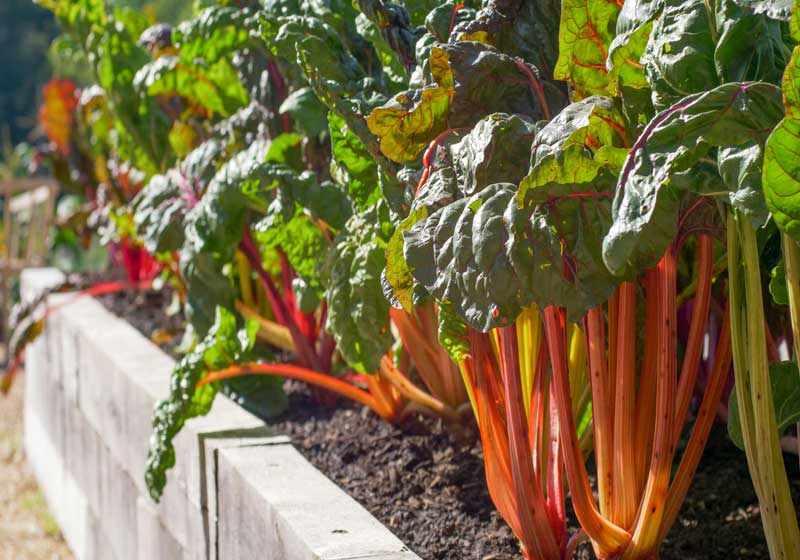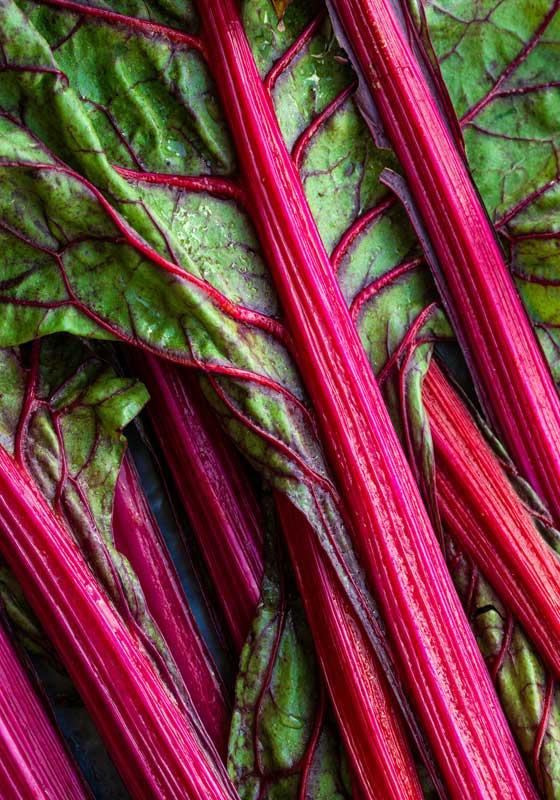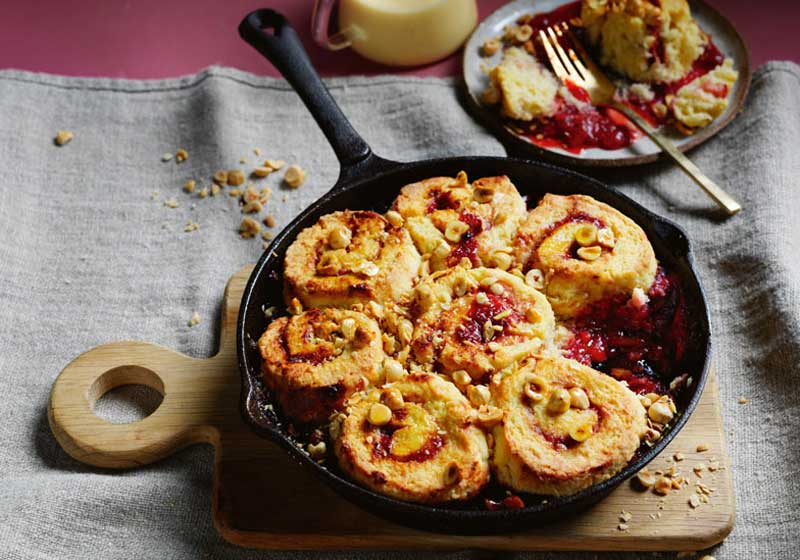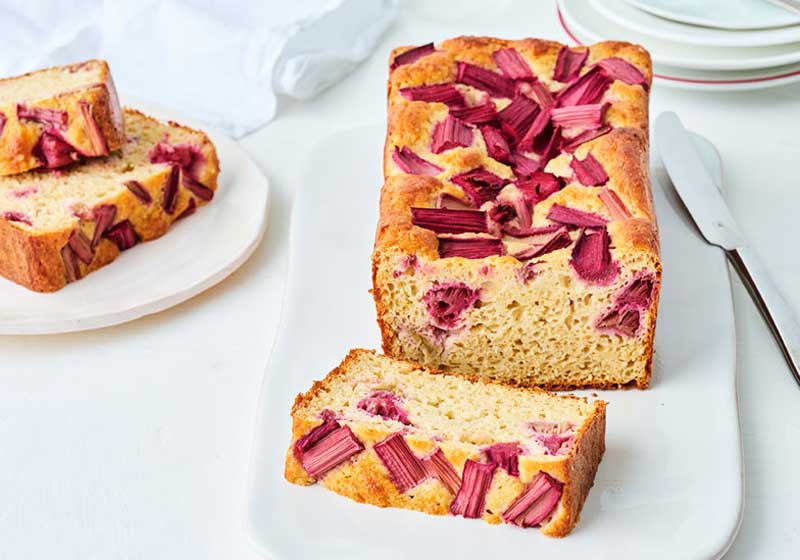Rhubarb is in season across Australia during the cooler months, typically from late Autumn through Spring. With its vibrant red stalks and tart flavour, this versatile vegetable - often treated as a fruit in cooking - is a staple in everything from crumbles to compotes.
Knowing how to select, store and use rhubarb properly ensures you enjoy it at its best.

Selecting the Best Rhubarb
When choosing rhubarb, look for firm, crisp stalks with a deep red hue, which often indicates a sweeter flavour. Avoid limp or blemished stalks and always discard the leaves, which are toxic due to high levels of oxalic acid. The ideal bunch will be evenly coloured and unbroken, with a fresh, clean scent.
Storage and Freezing Tips
To store rhubarb, wrap stalks in a damp paper towel and place them inside a reusable bag in the crisper drawer of the fridge. It will stay fresh for up to a week.
For longer preservation, rhubarb freezes well - simply chop into pieces, blanch in boiling water for one minute, cool in an ice bath, then pat dry and pack into airtight containers or freezer bags. Frozen rhubarb is perfect for baking and sauces.

Health Benefits
Aside from its culinary charm, rhubarb offers several health benefits. It’s low in calories and high in fibre, which aids digestion. Rhubarb also contains vitamin K, which supports bone health and antioxidants such as anthocyanins and polyphenols that help reduce inflammation and oxidative stress. Its natural laxative properties have made it a traditional remedy for digestive complaints.
Rhubarb’s tart profile pairs beautifully with sweet ingredients such as strawberries, vanilla, honey or citrus. Whether baked into a rustic galette, stewed for breakfast yoghurt toppings, or transformed into a tangy chutney to serve with meat or cheese, rhubarb brings both nutrition and flavour to the table. Take advantage of its peak season to enjoy this striking stalk at its freshest and most flavourful.
This Winter, embrace rhubarb at its seasonal best – your body (and taste buds) will thank you. Here are three ways to put this delicious vegetable on the family dinner plate this week:

This roasted rhubarb and goat's cheese salad makes for an impressive side, perfect for your next dinner party, or to accompany a family steak night dinner.

Take advantage of seasonal rhubarb to make the yummy rhubarb berry jam in this version of a British classic. You can use flaked or slivered almonds instead of hazelnuts and leftover vanilla custard can be served with cake or fruit.

This zesty lemon and rhubarb yoghurt cake is easy to make and is as healthy as it is delicious. Follow this recipe to impress friends and family – it is also a great lunchbox treat.






